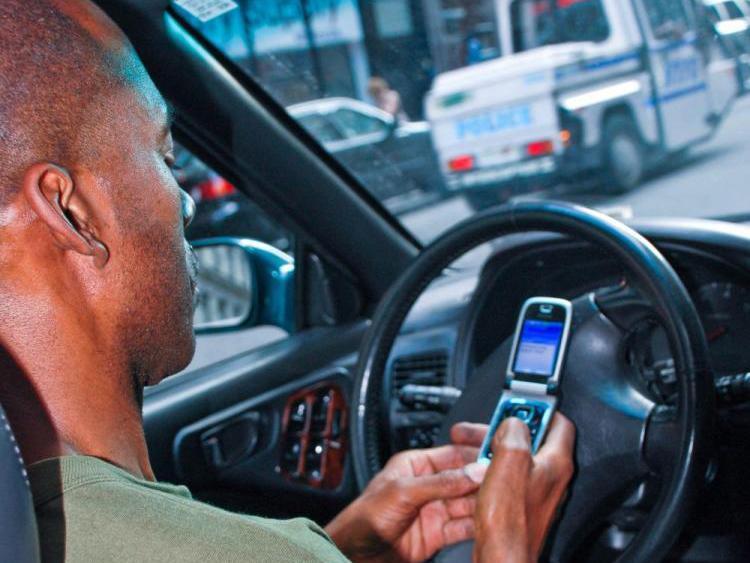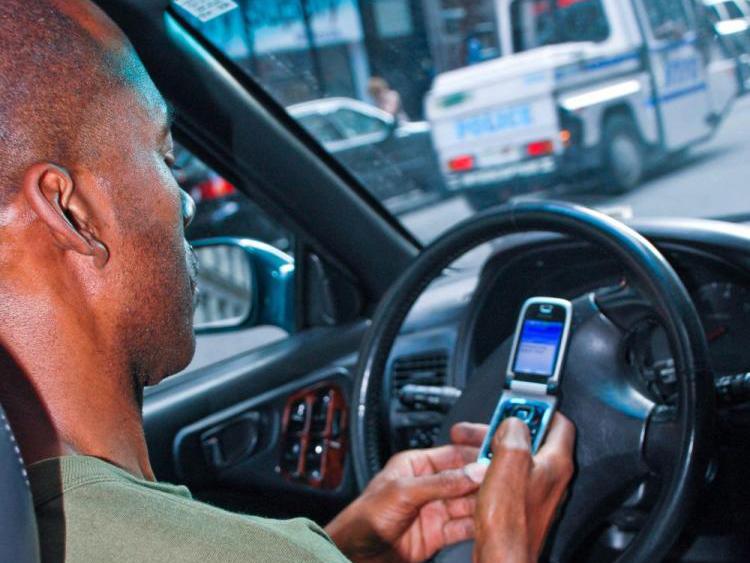With cell phones, navigation equipment, music, and even Web browsing, drivers enjoy more entertainment options than ever before—but officials want to bring the focus back to the road.
“Distracted driving is a dangerous and deadly habit,” said U.S. Transportation secretary Ray LaHood in a recent conference call with reporters. His announcement wasn’t about another cellphone law. Instead LaHood unveiled the first in a series of federal design recommendations calling for a more integrated vehicle control panel—one aimed at simplifying the growing number of devices competing for our attention.







